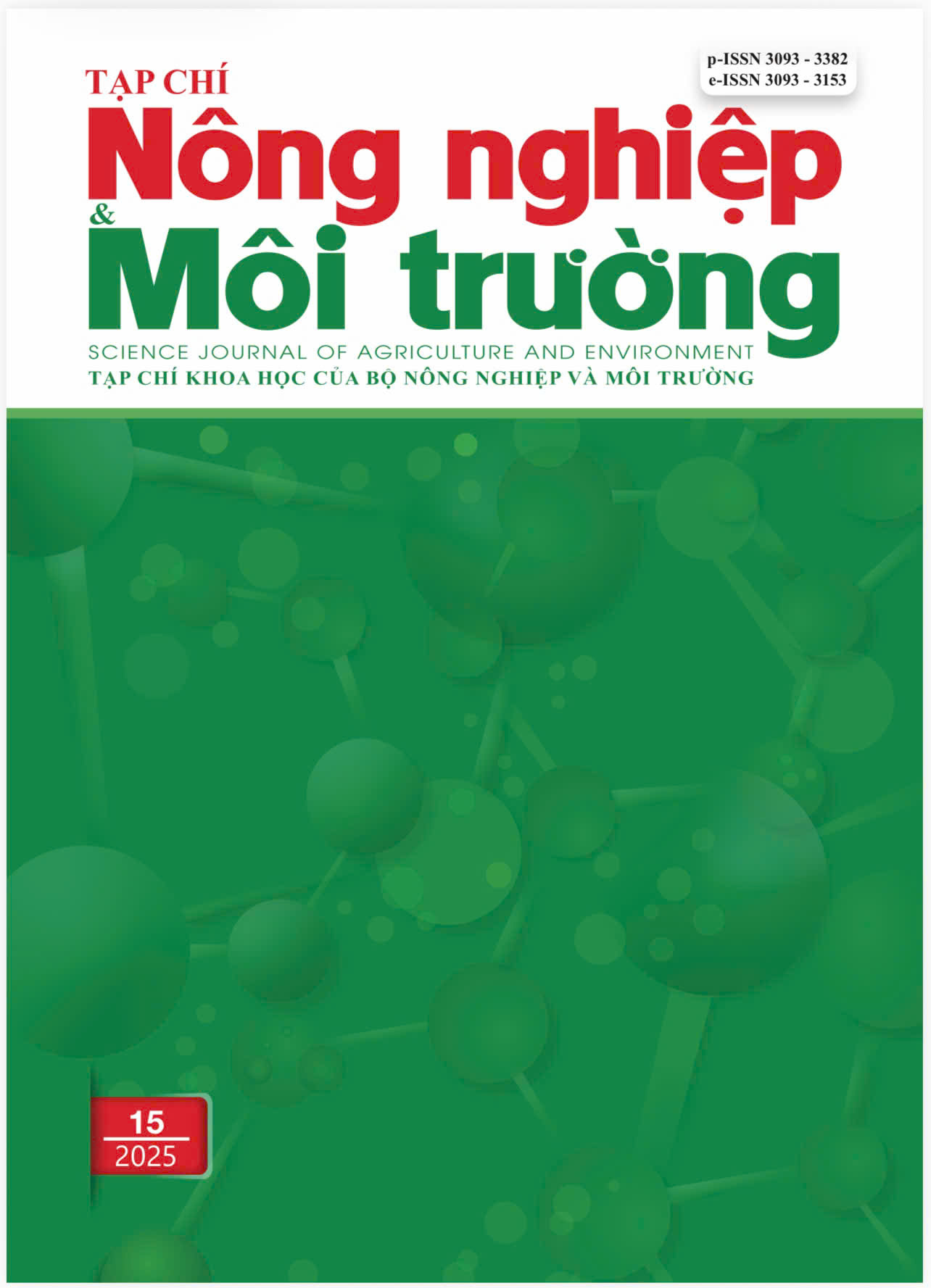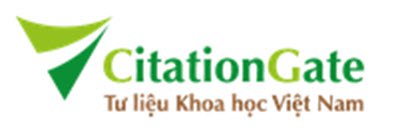RESEARCH ON YOGURT PROCESSING SUPPLEMENTED WITH SPROUTED MUNG BEAN EXTRACT
DOI:
https://doi.org/10.71254/cpx0zh59Keywords:
Mung bean, sprouting, yogurtAbstract
Mung bean (Vigna radiata L.) is a nutritionally dense legume with notable bioactive properties, particularly when subjected to germination. This study was conducted to optimize the germination conditions of mung bean seeds and the subsequent extraction process, to incorporate the extract into yogurt to enhance its sensory qualities and functional attributes. A factorial experimental design was employed to investigate the effects of soaking duration (3 - 7 hours), soaking water temperature (20 - 40°C), and soaking method (immersion vs. mist irrigation) on germination rate. Optimal germination was achieved under conditions of immersion soaking for 5 hours at 30°C, followed by 18 hours of sprouting. The germinated seeds were then dried, milled, and extracted using varying bean-to-water ratios (1 : 2 to 1 : 10). The resulting extracts were utilized as substrates in yogurt fermentation. Analytical evaluations included compositional analysis (protein, starch, reducing sugars, vitamin C, total polyphenols, and γ-aminobutyric acid [GABA]), texture profile analysis (hardness, cohesiveness, adhesiveness, springiness), and sensory assessment (color, aroma, flavor, and overall acceptability). The results indicated that germination significantly enhanced the levels of GABA, vitamin C, and total polyphenols while reducing protein and starch content. The yogurt formulation supplemented with extract at a 1 : 8 bean-to-water ratio (YG 1 : 8) exhibited the most favorable quality attributes, with textural and sensory properties comparable to those of the control sample and a GABA concentration of 128 mg/kg. This study demonstrates the potential for developing functional yogurt products enriched with bioactive compounds from germinated mung beans.







